Sometimes, if you’re lucky, the captions write themselves. I was riding shotgun in the 2020 Chevrolet Bolt EV electric car when a sign loomed up on the left side of the road: “Dismal Nitch.”
It was a small pull-off and rest area alongside the mighty Columbia River, which divides Washington and Oregon states. We had to get a picture, because I knew already how to summarize the latest Bolt EV.
“Niche. But not dismal.”
Bolt EV update: more range, but that’s it
Last week, Chevrolet released a slightly updated version of its only electric car, the Bolt EV. All you need to know about the changes can be summarized in a paragraph.
Its range has risen from 238 to 259 miles, from a battery pack whose energy capacity is up from 60 to 66 kilowatt-hours, due to the use of a new and more energy-dense lithium-ion cell from LG Chem. No other specifications have changed, although the rear-view and surround-view cameras are now high-definition and the grille pattern has changed almost imperceptibly. Adaptive cruise control still isn’t available, but there are two new paint colors: Oasis Blue (a kind of turquoise) and Cayenne Orange Metallic (which costs extra).
That’s about it. So how should we assess the groundbreaking electric car in midlife?
The Bolt EV now has one more mile of range than the Hyundai Kona Electric, previously the longest-range non-Tesla electric car sold in the U.S. Purely a coincidence, we’re sure. On the other hand, its DC fast charging system remains at 50 kilowatts officially (55 kw in some conditions, with the battery at less than 50 percent state of charge), against the Kona’s theoretical maximum of 100 kilowatts, which in real-world usage seems to be about 80 kw for a portion of the charge curve.
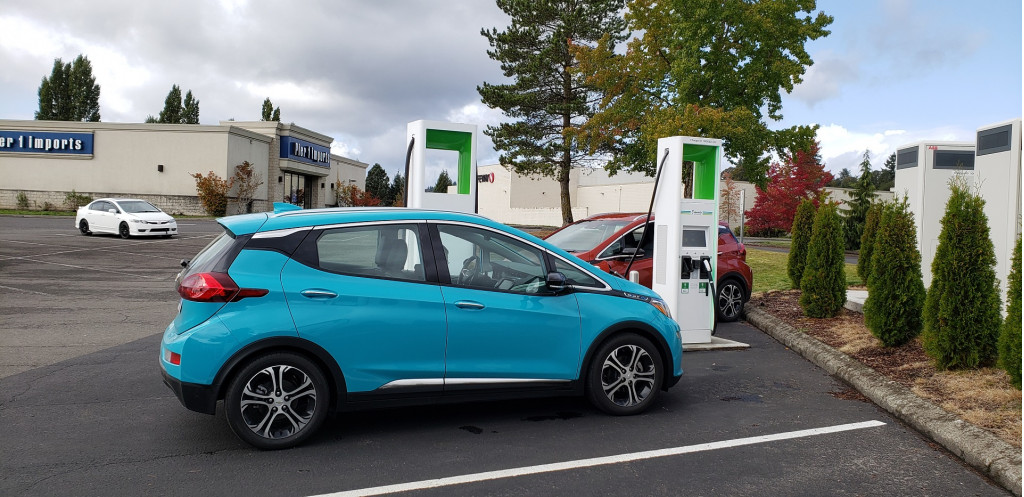
2020 Chevrolet Bolt EV charging at Electrify America site, Kelso, Washington
More than that, it remains a tall compact hatchback, a body style that continues to ebb in popularity as buyers move wholesale toward crossovers and SUVs of all sizes, some even sold without all-wheel drive.
Also, GM has reached its limit of 200,000 plug-in vehicles sold, meaning buyers’ federal tax credits have fallen from $7,500 to $1,875, and will soon end altogether. That’s a disadvantage other makers don’t face and won’t for a while. (Ford, Hyundai, Kia, and Volkswagen spring to mind.)
Yet Chevy has kept the Bolt EV base price at $37,500. We wouldn’t be surprised, though, if a price adjustment came sometime after the credits sunset entirely—if only to lower the incentives its dealers have to offer to keep Bolt prices competitive.
Bolt EV sales: three years of stasis
It’s almost a surprise that the Bolt EV is now in its fourth model year. It went on sale in December 2016, less than two years after GM CEO Mary Barra’s sensational promise that the company would offer an electric car with 200 miles of range for $37,500.
That was in the day when the first-generation Nissan Leaf still offered ranges of 84 or 107 miles, and the Tesla Model 3 was still just a promise for the future. It was also before the Dieselgate emission cheating scandal forced the European auto industry to walk away from diesels and take electric vehicles seriously for the first time.
The perspective is different these days. Tesla sells tens of thousands of Model 3 sedans each month, Hyundai and Kia each offer a pair of battery-electric vehicles (in limited U.S. states), and in Europe, Volkswagen will deliver the first of two dozen electric vehicle models before the end of 2019.
Meanwhile, GM has sold about the same number of Bolt EVs as it did Chevrolet Volt plug-in hybrids: roughly 20,000 per year. A cynic might say that’s the number required to keep GM in regulatory compliance in the growing number of states with zero-emission vehicle sales mandates—led, of course, by California.
At the drive for the updated 2020 model, a GM exec suggested last year’s lower U.S. sales (18,000 vs. 23,300 in 2017) were due to exports. On questioning, those turned out to be to two North American markets (Canada and Mexico) plus South Korea and the Mideast. European deliveries, on the other hand, have ended now that GM has sold its Opel unit to Groupe PSA, which includes Peugeot and Citroën.
It’s reasonable to conclude GM has built only 20,000 Bolt EVs a year for each of the past three model years.
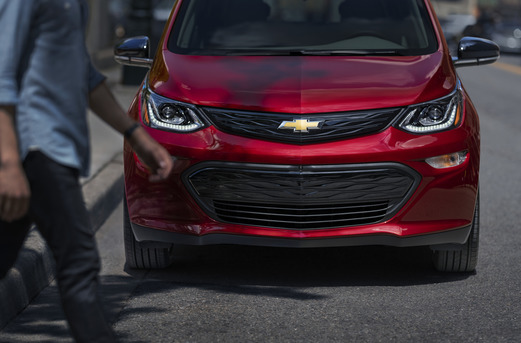
2020 Chevrolet Bolt EV
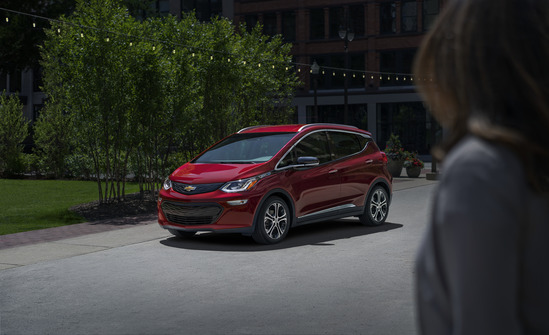
2020 Chevrolet Bolt EV
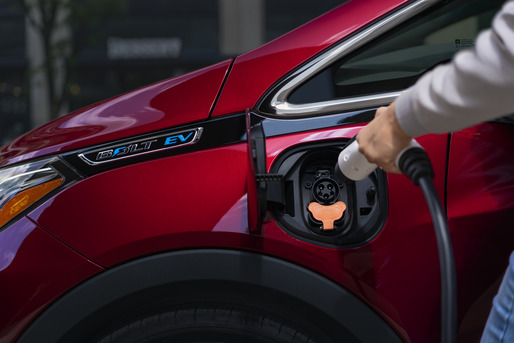
2020 Chevrolet Bolt EV
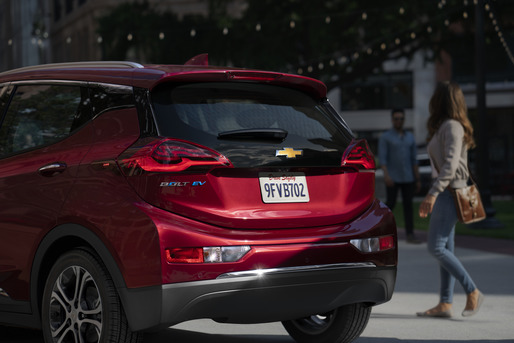
2020 Chevrolet Bolt EV
What’s next?
That leads to the next question: Will GM offer any additional electric cars? It’s already missed its March deadline for the “two new electric models” it promised in October 2017 to offer within 18 months, even if you count the tiny Baojun E100 electric minicar now on sale in China as one of them.
Rumors of an all-wheel-drive “Bolt EUV,” or electric utility vehicle, have floated around for several years—and over the past year especially, as part of GM's manufacturing shuffle. The $300 million GM said in March it would spend in changes to its Orion assembly plant in Michigan, where the Bolt EV is built, likely include capacity for that vehicle.
That vehicle is likely to be derived fairly strongly from the current Bolt EV, with an added second electric motor between the rear wheels (there’s room). If GM’s smart, they’ll jack it up slightly, add rubber cladding here and there, and position it as an all-electric competitor to Subaru’s massively successful Crosstrek AWD compact hatchback utility vehicle.
GM will launch an all-electric Cadillac luxury SUV in 2022, using the company’s new electric-vehicle architecture, known as “BEV3.” (The Spark EV was Gen 1, and the Bolt EV is Gen 2.) In electric-car years, however, that’s still a long time in the future.
So where does that leave the Bolt EV?
Meanwhile, the Bolt EV is now essentially a middle-aged vehicle in a waning segment—one that’s lost its purchase incentive and no longer has competitive DC fast-charging capability. What a difference three years makes.
There is some hope for those who’d like a more competitive Bolt EV. Recent spy shots published by other outlets have indicated the 2021 Chevrolet Bolt EV might get revised seats, dashboard, and exterior styling, and perhaps other changes under the skin as well.
To further speculate: That may mean the 2021 model year will see both the launch of a Bolt EUV all-wheel-drive model and updates to today’s Bolt EV. The range increase for 2020 likely came both because LG Chem had perfected a newer generation of battery cells and because Chevy preferred that a competitor not keep the range-rating crown.
Electric-car advocates and Chevy fans had better hope those rumors are true, and that GM will keep its sole battery-electric model—or perhaps there will be two—competitive enough to keep up with aggressive Korean and future German offerings. Chevy does have 50-state availability going for it, which so far neither Hyundai nor Kia provides.
But if GM really plans to reboot its electric-car efforts for 2023 around the new BEV3 architecture, the three model years in between may seem lean. And if the Bolt has a seven-year model life on its current platform, what will GM do in the face of greater competition not just from cheaper Teslas but from a host of other mass-market brands?
That was one of several questions we didn’t get answered at the 2020 Bolt EV drive. We got a fair amount of corporate positioning, but virtually nothing in the way of future plans. Which is exactly how GM wanted it.
Chevrolet provided airfare, lodging, and meals to enable Internet Brand Automotive to bring you this first-person report.













